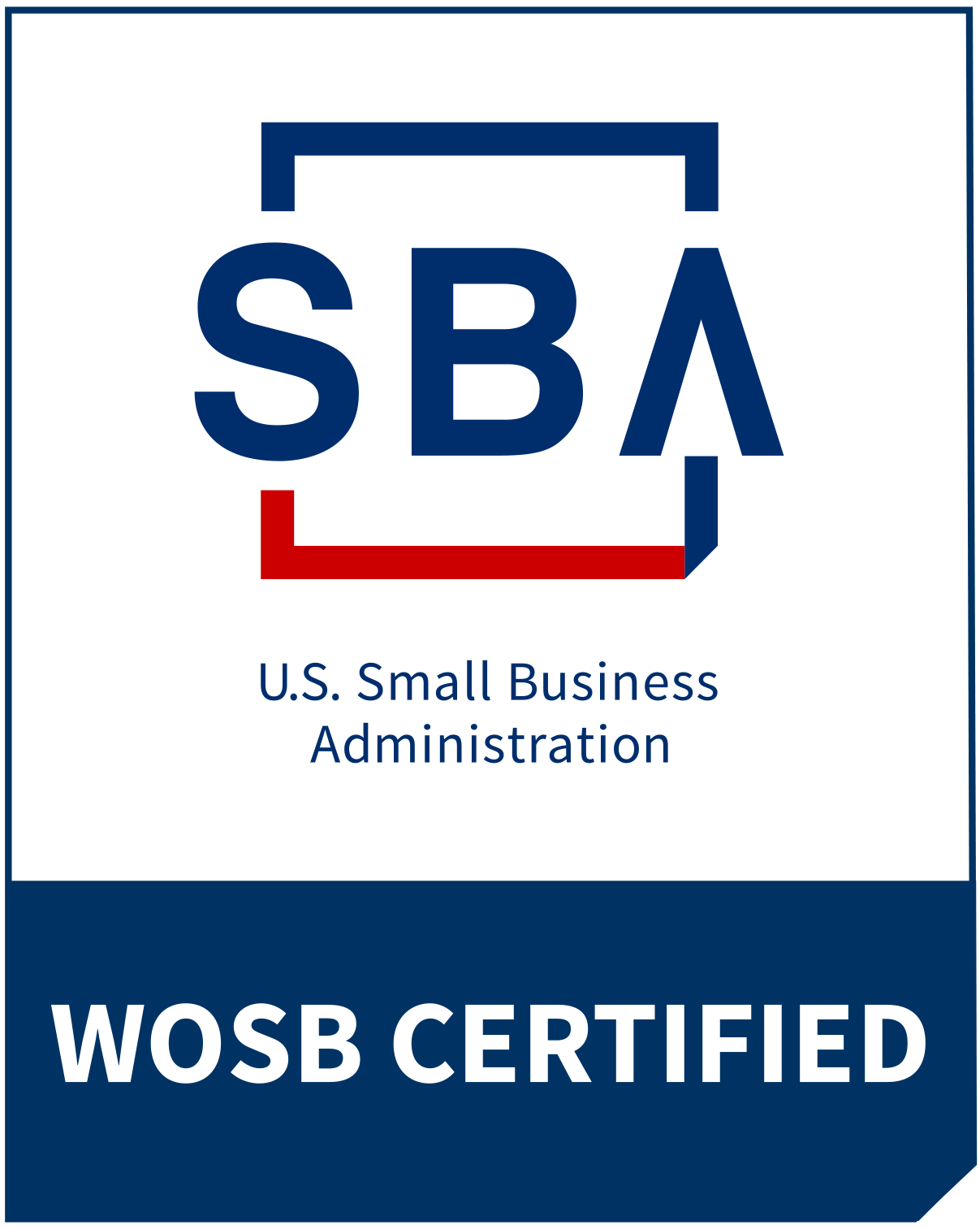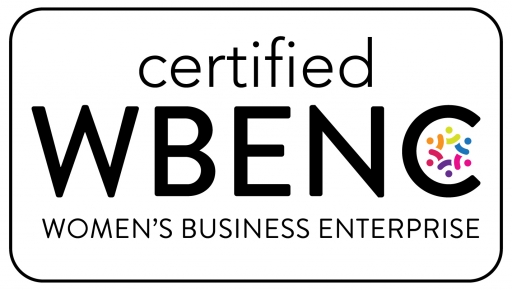
When it comes to developing new products or propositions, nothing produces more truthful consumer feedback than creating a minimum viable product (MVP). MVP creation allows a company to rapidly prototype, test, and then iterate a product, service or proposition to optimize it for consumers. And, while MVP learning has a lot of benefits, like immediate feedback and clear guidance for iteration, many companies are concerned about protecting their brand when leveraging this approach.
Here are a few options for how to leverage MVP learning, while protecting your brand’s ideas from being exposed before you’re ready to share them with the world.
1. The opt-in. Give consumers the opportunity to choose to participate in research on a MVP. Consumers who opt-in willingly to research are more likely to be understanding when issues with the product arise. For example, a group of Miami University students were asked to test the interface of the college’s new website. They were given the choice to opt-in to the test and were observed on how they interacted with the website.
2. The second company or brand name. Another way to protect the original brand of a company is to “start” a second company or brand name. This small second company or brand name can be under the the larger umbrella company/brand so that if the product test were to fail, the larger brand/company reputation isn’t likely impacted. Later stages of testing might then more directly integrate the brand/company name.
3. The small start. Because one of the most important things to remember about MVP testing is that tests are meant to be rapid and iterative, try running a Kickstarter or Google AdWords campaign. These campaigns often require fewer resources early in product development and can remain fairly low-profile. For example, HVAC.com launched an Indiegogo campaign to test reception to their first ever brand creation, Philanthro air filters. By creating the campaign and monitoring/digging into responses, HVAC.com gained early insights to feed into their product as well as marketing materials.
4. The innovation sandbox. Pick a small consumer segment, or a small group within a few important segments, to learn with. “Launch” the product or service with just this group. Brands might leverage naturally limited groups (like a community group or a marketing database of consumers). Consumers won’t be aware that you are testing; they’ll simply respond or react based on their interest in the new product or service. Have you ever noticed that your social media apps may look different for a day? Or maybe your app interface looks a little different than your friends’? This is very common with apps such as Twitter and Facebook because they’re experimenting with changes to their apps before releasing an official update.
Finally, MVP learning isn’t a reason for the brand to stop adding value for consumers. As long as new products and services are adding value, the brand’s reputation won’t suffer. In fact, often it will benefit from consumers seeing that the brand is innovating.
Using MVP learning to optimize the trajectory of products and services is a very powerful and agile approach. When using the power of the MVP learning approach, take time to consider the strategies and tactics needed to maintain a reputation of excellence.
The Garage Group enables corporate brands and teams to innovate and grow like startups, including enabling established brands to take an MVP approach to learning and developing new products and services.
Photo licensed under Creative Commons 2.0 via Flickr user: flickingerbrad


